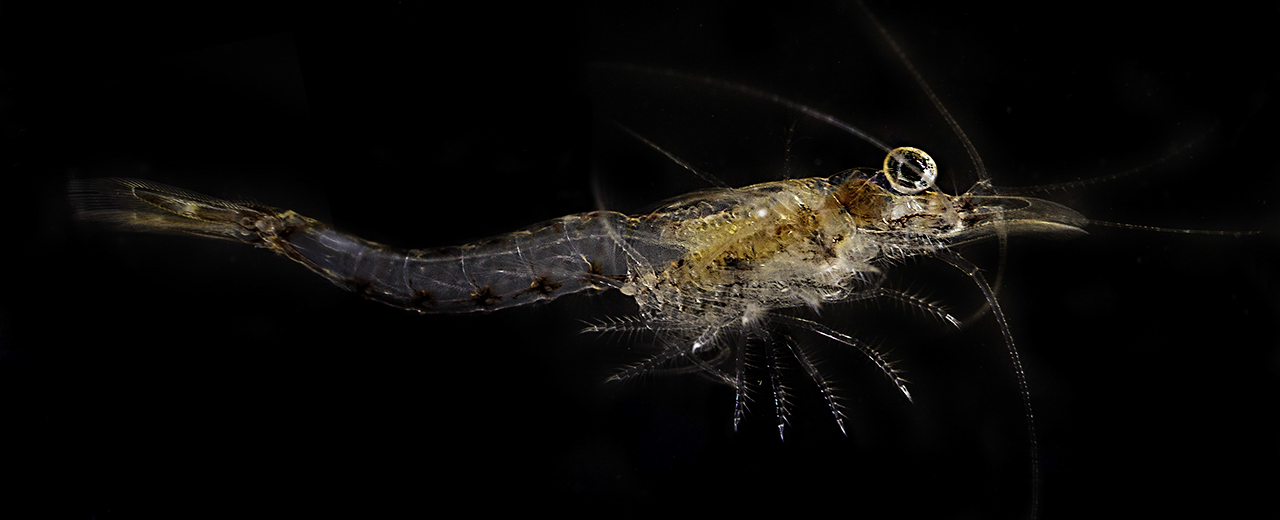|
Acanthomysis Longispina
''Acanthomysis longispina'' is a species of mysid. It was first described in 2002 by Kouki Fukuoka and Masaaki Murano. It is an omnivore and a suspension feeder, which moves by flipping its tail, and is found in the Indian Ocean at the bottom of the water column. References Mysida Crustaceans described in 2002 {{Malacostraca-stub ... [...More Info...] [...Related Items...] OR: [Wikipedia] [Google] [Baidu] |
Phuket Marine Biological Center
Phuket (; th, ภูเก็ต, , ms, Bukit or ''Tongkah''; Hokkien:普吉; ) is one of the southern provinces (''changwat'') of Thailand. It consists of the island of Phuket, the country's largest island, and another 32 smaller islands off its coast. It lies off the west coast of mainland Thailand in the Andaman Sea. Phuket Island is connected by the Sarasin Bridge to Phang Nga province to the north. The next nearest province is Krabi, to the east across Phang Nga Bay. Phuket province has an area of , somewhat less than that of Singapore, and is the second-smallest province of Thailand. The island was on one of the major trading routes between India and China, and was frequently mentioned in foreign ships' logs of Portuguese, French, Dutch, and English traders, but was never colonised by a European power. It formerly derived its wealth from tin and rubber and now from tourism. Toponymy There are several possible derivations of the relatively recent name "Phuket" (of whi ... [...More Info...] [...Related Items...] OR: [Wikipedia] [Google] [Baidu] |
Mysid
Mysida is an order of small, shrimp-like crustaceans in the malacostracan superorder Peracarida. Their common name opossum shrimps stems from the presence of a brood pouch or "marsupium" in females. The fact that the larvae are reared in this pouch and are not free-swimming characterises the order. The mysid's head bears a pair of stalked eyes and two pairs of antennae. The thorax consists of eight segments each bearing branching limbs, the whole concealed beneath a protective carapace and the abdomen has six segments and usually further small limbs. Mysids are found throughout the world in both shallow and deep marine waters where they can be benthic or pelagic, but they are also important in some fresh water and brackish ecosystems. Many benthic species make daily vertical migrations into higher parts of the water column. Mysids are filter feeders, omnivores that feed on algae, detritus and zooplankton. Some mysids are cultured in laboratories for experimental purposes an ... [...More Info...] [...Related Items...] OR: [Wikipedia] [Google] [Baidu] |
Indian Ocean
The Indian Ocean is the third-largest of the world's five oceanic divisions, covering or ~19.8% of the water on Earth's surface. It is bounded by Asia to the north, Africa to the west and Australia to the east. To the south it is bounded by the Southern Ocean or Antarctica, depending on the definition in use. Along its core, the Indian Ocean has some large marginal or regional seas such as the Arabian Sea, Laccadive Sea, Bay of Bengal, and Andaman Sea. Etymology The Indian Ocean has been known by its present name since at least 1515 when the Latin form ''Oceanus Orientalis Indicus'' ("Indian Eastern Ocean") is attested, named after Indian subcontinent, India, which projects into it. It was earlier known as the ''Eastern Ocean'', a term that was still in use during the mid-18th century (see map), as opposed to the ''Western Ocean'' (Atlantic Ocean, Atlantic) before the Pacific Ocean, Pacific was surmised. Conversely, Ming treasure voyages, Chinese explorers in the Indian Oce ... [...More Info...] [...Related Items...] OR: [Wikipedia] [Google] [Baidu] |
Mysida
Mysida is an order (biology), order of small, shrimp-like crustaceans in the malacostracan superorder Peracarida. Their common name opossum shrimps stems from the presence of a Brood pouch (Peracarida), brood pouch or "marsupium" in females. The fact that the Crustacean larvae, larvae are reared in this pouch and are not Motility, free-swimming characterises the order. The mysid's head bears a pair of stalked eyes and two pairs of antennae. The thorax consists of eight segments each bearing branching limbs, the whole concealed beneath a protective carapace and the abdomen has six segments and usually further small limbs. Mysids are found throughout the world in both shallow and deep marine waters where they can be Benthos, benthic or pelagic, but they are also important in some fresh water and brackish water, brackish ecosystems. Many benthic species make Diel vertical migration, daily vertical migrations into higher parts of the water column. Mysids are filter feeders, omnivores ... [...More Info...] [...Related Items...] OR: [Wikipedia] [Google] [Baidu] |
.jpg)


.jpg)